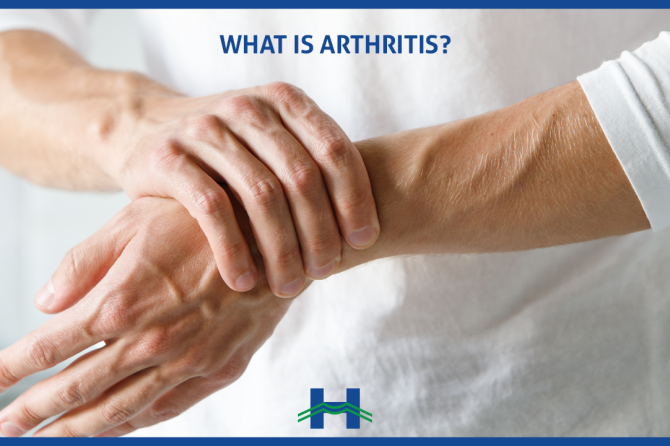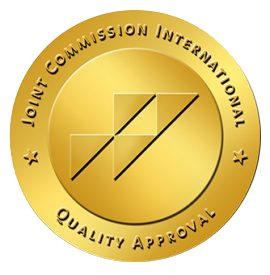
What is Arthritis?
Table Of Content
1.1. What causes arthritis?1.2. What are the symptoms of arthritis?
2.1. Common Symptoms of RA
2.2. Risk Factors of RA
2.3. How is RA diagnosed?
2.4. How is RA treated?
3.1. Common Symptoms of PsA
3.2. How is PsA diagnosed?
3.3. How is PsA treated?
4.1. Symptoms
4.2. Areas most commonly affected are
4.3. Complications
1. What is Arthritis?
Arthritis, or “joint inflammation,” is a general term for a group of more than 100 diseases.
Arthritis is an inflammation in and around the joints that limits daily activities such as walking, dressing, and bathing.
This article describes 3 forms of inflammatory Arthritis: Rheumatoid Arthritis, Psoriatic Arthritis and Ankylosing Spondylitis.
1.1. What causes arthritis?
The causes of most types of arthritis are not known. Scientists are studying how two major factors may play a role in certain types of arthritis:
• Genetic (inherited) factors (“family history”)
• What happened during a person’s lifetime
1.2. What are the symptoms of arthritis?
Different types of arthritis have different symptoms, which can range from mild among some people and severe among others.
Symptoms might include fatigue, fever, rash, and the signs of joint inflammation, including:
- Pain
- Swelling
- Stiffness
- Tenderness
- Redness
- Warmth
2. What is Rheumatoid Arthritis?
Rheumatoid arthritis (RA) is one of the chronic types of inflammatory arthritis; RA is systemic and can affect the entire body as it can develop at any age. It commonly affects small joints, such as the fingers and toes and can progress to the knees and shoulders.
Without treatment, joint destruction may occur quickly. Fortunately, the chances of maintaining joint function and mobility in RA are very good with early diagnosis and treatment.
2.1. Common Symptoms of RA:
- Fatigue
- Morning stiffness
- Low-grade fevers
- Warm, tender, stiff joints
- Joints on both sides of the body affected (usually, but not always)
- Bumps under the skin (rheumatoid nodules)
2.2. Risk Factors of RA:
- Family history of RA
- Age between 30 and 60 years
- 70% are among women
- Smoking
2.3. How is RA diagnosed?
Evaluation for RA involves a thorough history and physical examination, imaging studies and blood tests to detect antibodies.
2.4. How is RA treated?
The past decade has seen an explosion of new drug treatment options for rheumatoid arthritis patients, among:
Disease-modifying antirheumatic drugs (DMARDs), the standard treatment for RA can slow the progression of mild disease.
Targeted molecules and Biological treatment block specific proteins that triggers inflammation in moderate to severe disease.
3. What is Psoriatic Arthritis?
Psoriatic arthritis (PsA) is a form of chronic inflammatory arthritis. Up to 30 percent of people with psoriasis (a skin condition) develop psoriatic arthritis. Both psoriasis and psoriatic arthritis are chronic autoimmune diseases.
There are five different types of psoriatic arthritis; they differ by the joints involved, ranging from only affecting the hands or spine area to a severe, deforming types called arthritis mutilans.PsA causes are not known yet, but it is suspected that it develops from a combination of genetic and environmental factors; it is also suspected that immune system irregularities, infection and physical trauma play a role in determining this disorder’s development.
Early diagnosis and treatment can relieve inflammation pain and help prevent progressive joint involvement and damage. Without treatment, psoriatic arthritis can potentially be disabling and crippling.
3.1. Common Symptoms:
Joint symptoms:
- Discomfort, stiffness, pain, throbbing, swelling or tenderness in one or more joints
- Reduced range of motion in joints
- Joint stiffness and fatigue in the morning
- Tenderness, pain or swelling where tendons and ligaments attach to the bone (e.g., Achilles’ tendonitis)
- Inflammation of the eye (such as iritis)
Skin symptoms:
- Silver or gray scaly spots on the scalp, elbows, knees and/or the lower spine
- Inflammation or stiffness in the lower back, wrists, knees or ankles, or swelling in the joints in the fingers and toes
- Pitting (small depressions) of the nails
- Detachment or lifting of fingernails or toenails
Risk Factors:
- Family history of skin or joint disease
- Between 30 and 50 years of age
- Psoriasis
3.2. How is PsA Diagnosed?
The physician will perform a thorough history and physical exam, imaging studies and blood tests to determine PsA’s diagnosis.
3.3. How is PsA treated?
The type of treatment the patient receives will depend on the severity of his/her symptoms at the time of diagnosis. Some early indicators of more severe disease include onset at a young age, multiple joint involvement and spinal involvement. Good control of the skin may be valuable in the management of PsA. In many cases, the patient may be seen by two different types of doctors – a rheumatologist and a dermatologist. The aim of treatment for PsA is to relieve symptoms and prevent progression. Treatment may include any combination of the following:
Medications:
Exercise:
Moderate, regular exercise may relieve joint stiffness and pain.
- Nonsteroidal anti-inflammatory drugs (NSAIDs)
- Cortisone injections
- Disease modifying anti-rheumatic drugs (DMARDs)
- Biologic agents targeted molecules
4. What is Ankylosing Spondylitis?
An inflammatory disease affecting the spine, that, over time, can cause some of the vertebrae in your spine to fuse. This fusing makes the spine less flexible and can result in a hunched-forward posture. If ribs are affected, it can be difficult to breathe deeply.Ankylosing spondylitis affects men more often than women. Signs and symptoms typically begin in early adulthood. Inflammation can also occur in other parts of the body — most commonly eyes.
4.1. Symptoms:
Early signs and symptoms of ankylosing spondylitis may include pain and stiffness in the lower back and hips, especially in the morning and after periods of inactivity. Neck pain and fatigue also are common.
4.2. Areas most commonly affected are:
-The joint between the base of the spine and the pelvis (sacroiliac)
-The vertebrae in the lower back
-The places where the tendons and ligaments attach to bones (entheses), mainly in the spine, but sometimes along the back of the heel
-The cartilage between the breastbone and ribs
-The hip and shoulder joints
4.3. Complications:
In severe ankylosing spondylitis, many bones form around the spine joining vertebras and blocking movement by creating stiffness. This fusion can also stiffen the rib cage, restricting lung capacity and function.
Other complications might include:
Eye inflammation (uveitis): One of the most common complications of ankylosing spondylitis, uveitis can cause rapid-onset eye pain, sensitivity to light and blurred vision. The patient should consult with his/her doctor right away if he/she develop these symptoms.
Compression fractures: Weakened vertebrae can crumble, increasing the severity of the patient’s stooped posture. Vertebral fractures can put pressure on and possibly injure the spinal cord and the nerves that pass through the spine.
Heart problems: Ankylosing spondylitis can cause problems with the aorta.







